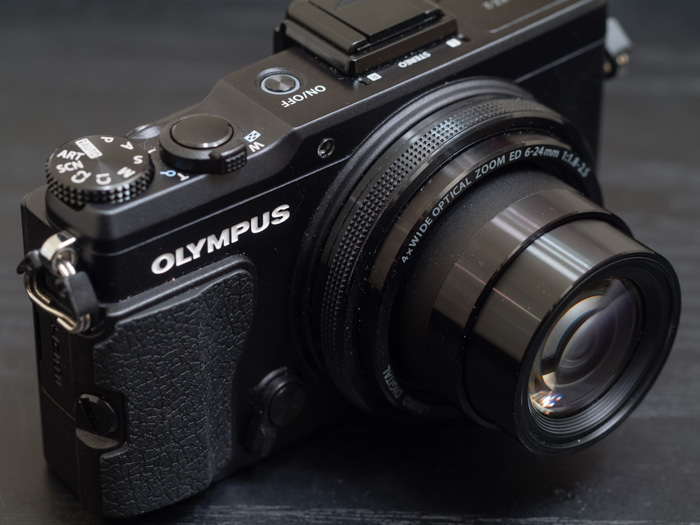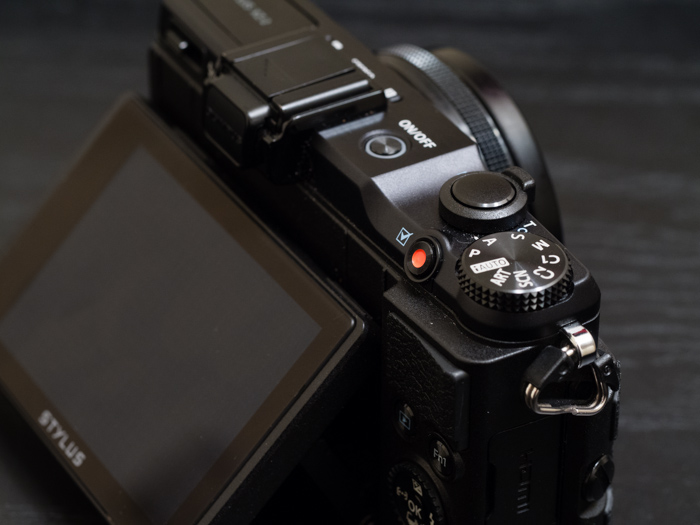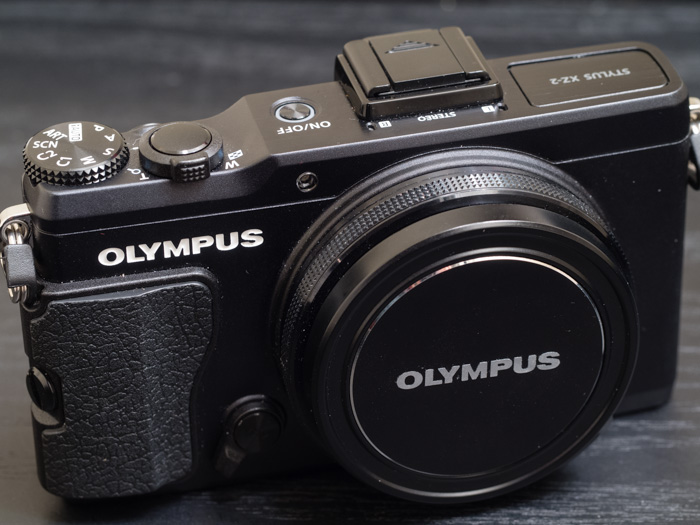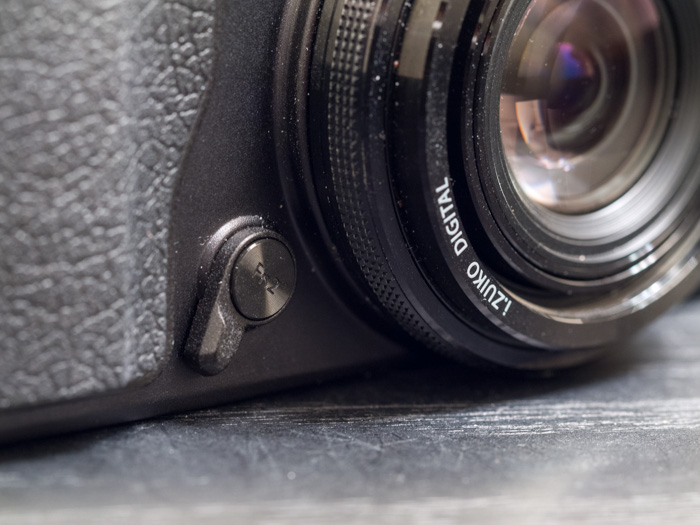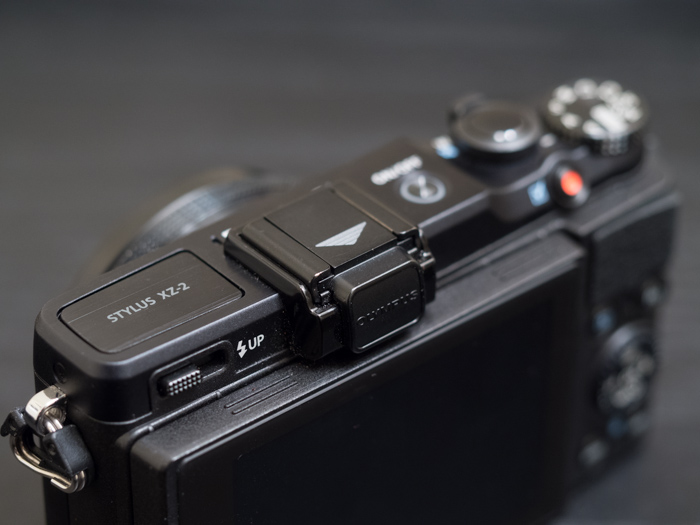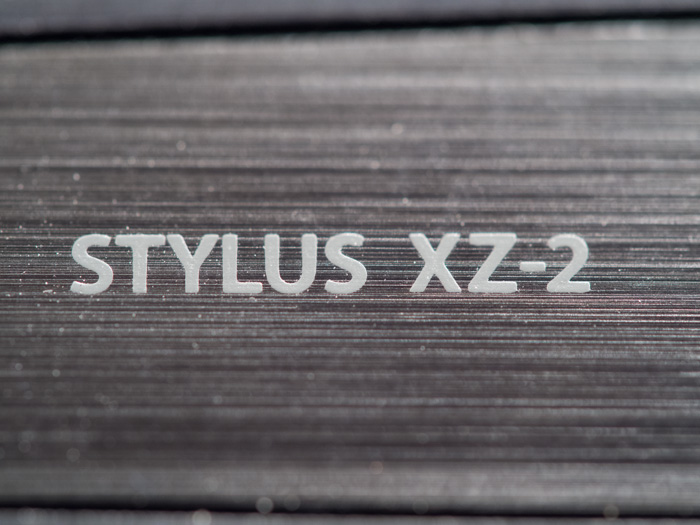Last Updated on 12/13/2012 by Mike Pouliot
Advanced compact cameras have really become one of the “key products” for camera manufactures over the past few years. With today’s tech, manufactures can cram quite a bit of functionality into a relatively compact package. Olympus had an instant hit when they released the XZ-1 as it was a small camera with lots of features and fast/bright zoom lens. The XZ-1 is the perfect travel companion for anyone that wanted to leave their interchangeable lens kit at home. Olympus recently released the successor to the XZ-1, the XZ-2 (I’m starting to see a pattern here) but the competition has grown since the release of the XZ-1. So, can the XZ-2 stave off the competition and remain a solid option for advanced compact users? Continue reading to find out.
Pros
- Fast/bright lens that stays fast throughout the zoom range
- Decent zoom range (28-108mm equivalent range)
- Plenty of manual controls
- Built in Neutral Density filter
- Button customization
- Image quality at low to mid ISOs
- Wonderful flip-out touch screen with touch to focus and touch to focus/fire the shutter
Cons
- The Olympus XZ-2 is a rather large camera, it’s even larger than some of the Micro Four Thirds cameras like the Olympus E-PL5 (reviewed here).
- I hate the lens cap. Yes, I hate it enough to dedicate a line in the cons section to the lens cap.
- The XZ-2 uses an Olympus OM-D styled menu which is extremely clunky and frustrating to navigate.
- The XZ-2 kit comes with a charger that requires you to charge the batter in camera. This may not bother some, but it makes charging spare batteries a pain when traveling.
- AF is not in the same class as some of the competition or it’s Micro Four Thirds cousins and shutter lag is very noticeable.
- Lots of manual controls but limited customization options.
Tech Specs
Specs pulled from the B&H Photo listing
| Memory | |
|---|---|
| Built-in Memory | 39MB |
| Memory Card Type | SD SDHC SDXC |
| Recording | |
|---|---|
| Video Recording | Yes, NTSC/PAL |
| Video | |
|---|---|
| Video Clip Length | Up to 29 Min |
| Audio Recording | With Still Images & Video, Stereo |
| Viewfinder/Display | |
|---|---|
| Viewfinder Type | None |
| Screen | 3″ LCD Touchscreen Tilt (920000 pixels) |
| Connectivity/System Requirements | |
|---|---|
| Connectivity | AV Output, HDMI D (Micro), USB 2.0 |
| Software Requirements | Windows: XP, XP (SP2), Vista, Vista (SP1), 7 Mac: OS X 10.3 or later |
| Environmental | |
|---|---|
| Operating/Storage Temperature | Operating 32 to 104 °F (0 to 40 °C) Humidity: 30 – 90% Storage -4 to 140 °F (-20 to 60 °C) Humidity: 30 – 90% |
| Waterproofing | None |
| Power | |
|---|---|
| Battery | LI-90B Rechargeable Lithium-Ion Battery Pack |
| AC Power Adapter | F-3AC (Optional) |
| Physical | |
|---|---|
| Dimensions (WxHxD) | 4.4 x 2.6 x 1.9″ / 11.3 x 6.5 x 4.8 cm |
| Weight | 12.20 oz / 346 g |
Ergonomics
The Olympus XZ-2 is not a small camera. In fact, it is larger than some of the Micro Four Thirds cameras like the Olympus E-PL5. Because of its size, the XZ-2 is actually very comfortable to hold and use. The rubber thumb rest on the back and the removable/swappable grip in the front of the camera make one-handed operation a breeze. Using one hand to hold the camera frees up your other hand to take advantage of some welcome features like the touch screen and the function ring around the lens. The touch screen can be used to select your focus point or it can be set to select the focus point and fire the shutter.
Along the top of the XZ-2 you will find the power button, mode dial, pop up flash, zoom control and shutter butto–nothing surprising here. I rarely ended up using the dedicated shutter button as the touch screen works very well. My only comment/complain with the top of the camera is the power button which occasionally glows a bright blue when the camera is asleep. This does affect any of your images, I just found it rather annoying especially when shooting at night.
Like the XZ-1, the XZ-2 focuses a good deal of it’s functionality around the function ring that surrounds the lens. This ring will change different settings depending on what mode you currently have selected. For example, if you are in aperture priority, it will adjust the aperture values. Also on the front of the camera is a lever and Fn2 button. Both the lever and second function button can be set to perform a variety of functions, but I would like to see more function options for the lever. For example, the lever can switch from auto focus to manual focus. This may be helpful for some, but I rarely use manual focus on this style of camera. Instead, I would like to have assigned something that I use more, like the ND filter, to the lever.
Moving around to the back of the camera, you will find that the XZ-2 looks very similar to most of the PEN series of cameras. There is the ubiquitous dial and four-way directional pad, programmable function button, dedicated play button, menu button, info button, and dedicated record button. All buttons are positioned and spaced well with the exception of the record button. I hit this button by accident on several occasions which left me with zero space on my memory card after recording several minutes of thrilling footage like the ground or my jacket pocket. The majority of the rear of the camera is dominated by a beautiful touchscreen which is where most users will focus their attention. The touch screen is a pleasure to use and it can be setup to your liking. You can choose what information is displayed by default (e.g. histogram, grids, etc.) and all information is laid out well without being too distracting. Using the touch screen to select the focus point and fire the shutter makes using the XZ-2 a breeze.
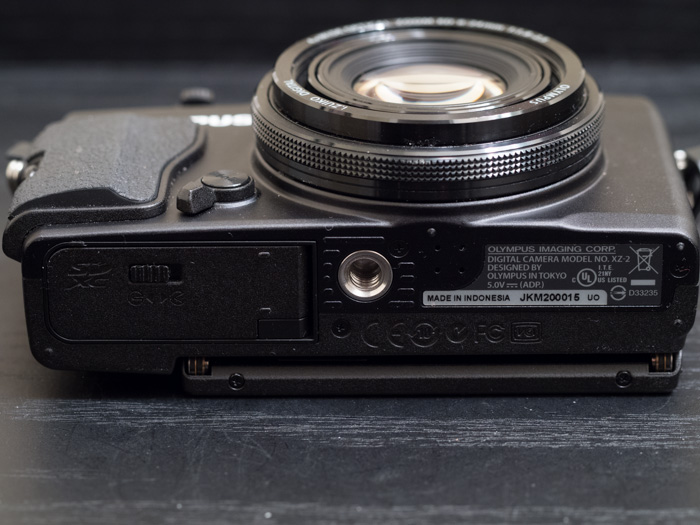
One thing I forgot to mention about the front of the camera is the lens cap. Yes, it may be strange to dedicate an entire paragraph to the lens cap, but it needs to be discussed…or I need to vent. Either way, here we go. I hate the lens cap for several reasons:
1. It does not securely snap or screw onto the lens, it just sits on top of the end of the lens. This means the cap is constantly popping off and getting lost in my bag. I’m shocked I didn’t lose the lens cap to this review unit.
2. If you accidentally turn on the camera, the action of the lens just pops the cap right off. This happened to me on several occasions. If you purchase the XZ-2, plan on picking up a third party lens cap.
Build Quality
Like most of Olympus’ offerings, the ZX-2 is a handsome looking camera that feels good in the hand. The XZ-2 is slightly more angular/edgy in appearance that the XZ-1, it looks almost stealth-like. The exterior of the XZ-2 has textured matte black finish that feels good in the hand and provides lots of grip. Overall, the mostly metal body feels good in the hand but it does feel a bit hollow. I tested the Canon S100 awhile back and the build quality feels similar.
Autofocus
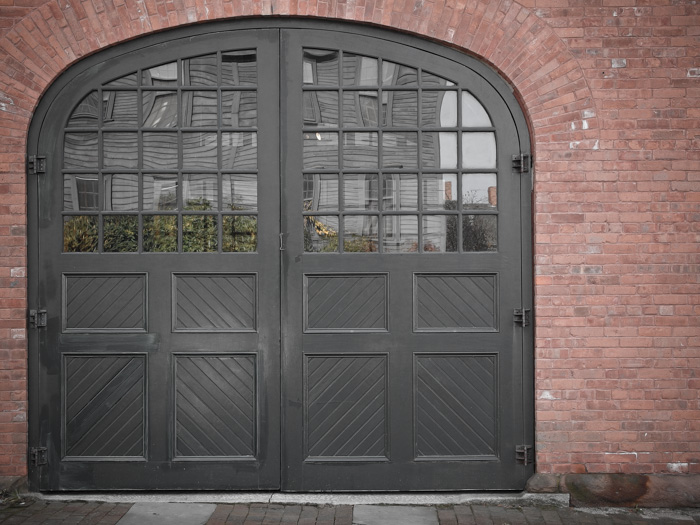
Any compact camera on the market today must have good, reliable autofocus as manual focus is just too slow and painful with this type of camera. The XZ-2’s autofocus system does its job but I can’t say that it does it well 100% of the time. In well lit areas, the XZ-2 achieves focus lock fairly quickly but not as fast as the OM-D or it’s PEN siblings. My OM-D with the Panasonic 20mm f1.7, which I consider relatively slow, is faster than the XZ-2. If I throw on one of Olympus’ newer prime lenses like the 45mm F1.8, the OM-D absolutely smokes the XZ-2. If you bring the XZ-2 into less than ideal lighting, it takes a quite a long time for it to lock on to anything. The XZ-2’s AF system is contrast based and most contrast based systems do struggle in low light, so it can’t be faulted too much for this short coming.

I found that even though AF may be a bit sluggish, being able to select your focus point and fire the shutter using the touchscreen makes up for the lack of AF speed. If I had to manually select the focus point or focus and recompose, it would probably take the same amount of time. I’ve always hated having to focus and recompose or hitting 10 buttons to select the correct AF point. The large, detailed screen also makes shooting via this method much more enjoyable. I did get a few false positives, i.e. the AF thought it had locked focus when it hadn’t, but it was only a handful of the hundreds of images that I took with the XZ-2.

While the AF may be slightly lethargic, my biggest complaint is the shutter lag. I missed several shots because the camera took too long to focus and then the delay for the shutter to actually fire added even more time to the process. This was my biggest complaint while shooting with the XZ-2. The firmware is still on version 1.0, so I’m hoping that Olympus can speed things up a bit with a firmware update.
Ease of Use

I felt at home shooting with the Olympus XZ-2. I rarely had to fiddle around with the camera to figure out how to perform a task. The function ring around the lens barrel is a great feature, so great that almost all advanced compacts now have one. When you combine the function ring with all of the other manual controls, you really feel like you are shooting with a serious camera and not some basic compact. While the XZ-2 has plenty of controls and programmable buttons for advanced shooters, the limitations on what you can actually set these buttons to do may leave some shooters frustrated (I was one of them). All I wanted to do was assign the ND filter to the switch in the front. Nope, not possible. I would rather have an abundance of choices than limitations.

For those users that are going to spend most of their time shooting in iAuto or one of the scene modes, the XZ-2 should provide you with mostly frustration free shooting. The main function ring on the front of the camera will manage most of your features and using the camera is relatively intuitive.
My wife, who couldn’t care less about taking photographs, could figure out how to manage the scene modes but she usually just goes for iAuto. The problem for casual shooters will come when they have to dig into the menu system which is just awful. If you’ve used an Olympus OM-D or one of the recent Olympus PEN cameras, then you know what I mean.
I own an OM-D as my main camera and I completely love it but I can honestly say that the menu system is the worst part of the camera. Unfortunately, Olympus carried over the menu structure from the OM-D to the XZ-2. Good luck if you ever want to change a function or setting within the menu system. Most users will have better luck simply hitting the “OK” button in the middle of the function dial on the back of the camera to access the most used functions and settings.
No matter what camera you are using, battery life is always a concern. The battery for the XZ-2 is small, but the XZ-2 does a great job of managing battery use. I had the unit for about 3 weeks and I only charged it twice. I was able to get close to get around 300 images plus some video on a single charge and the battery wasn’t completely drained. I’d say that’s pretty good.
Metering

Overall, I find that the XZ-2 does a pretty solid job of metering in most situations. Like most digital cameras, it tends to get fooled in tricky situations but it was nothing that couldn’t be managed by dialing in a bit of exposure compensation, usually around a halfstop in either direction. In most of the situations where the XZ-2 was fooled, it tended to underexpose by roughly 0.3 EV. Personally, I’d prefer it if the XZ-2 overexposed when confused as it’s usually easier to pull details out of highlights rather than shadows.
Image Quality

All images in this review are JPEGs straight from the Olympus XZ-2. Some images may have been slightly edited (edited images have comments) but none of the images in this post were converted from RAW files as Adobe did not have a RAW converter for Lightroom at the time this review was written.
Overall, I found the images produced by the XZ-2 to be quite good. At lower ISOs (under 800), images were clean and colors looked accurate and not overly saturated. Like with all digital cameras, as you bump up the ISO, you start to lose detail. If you stick with JPEGs, I would try to keep things at or below ISO 800 although I personally find images at ISO 1600 to be acceptable.
Most of these images were taken with noise reduction set to normal which may have been a bit too much. Even at ISO 320, you can clearly see loss of detail and some smudging but I wouldn’t worry about it unless you are planning pixel peeping or plan on making large prints. But, if large prints are on your list, you should probably look at another style of camera as the XZ-2’s 1/1.7″ (7.341 x 5.506 mm) CMOS sensor is not designed for producing massive prints.

The lens of the XZ-2 performed quite well. Images are sharp in the center and the corners even look quite good. As you would imagine, there is a some distortion at the wide end but images where still very usable. The best part of the lens is how bright it is throughout it’s entire zoom range. At it’s widest (28mm), the XZ-2’s lens has a maximum aperture of F1.8 and it tops out at F2.5 at the end of the zoom range (108mm). This is pretty darn good but it does quite match up to the Panasonic LX7.
Below are a few more samples from the XZ-2:
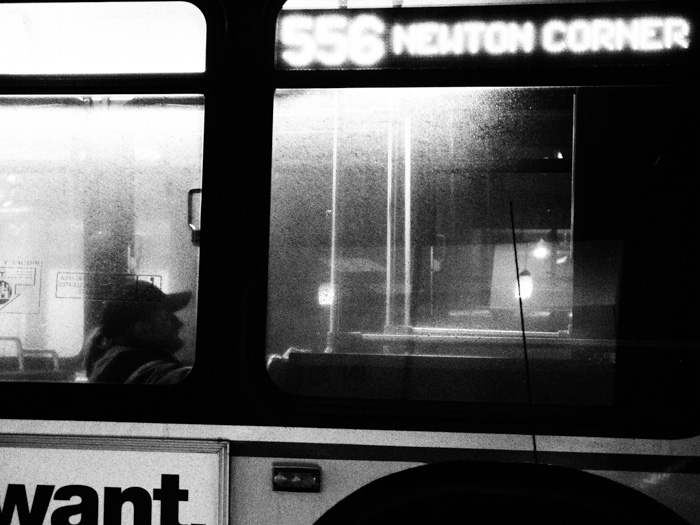


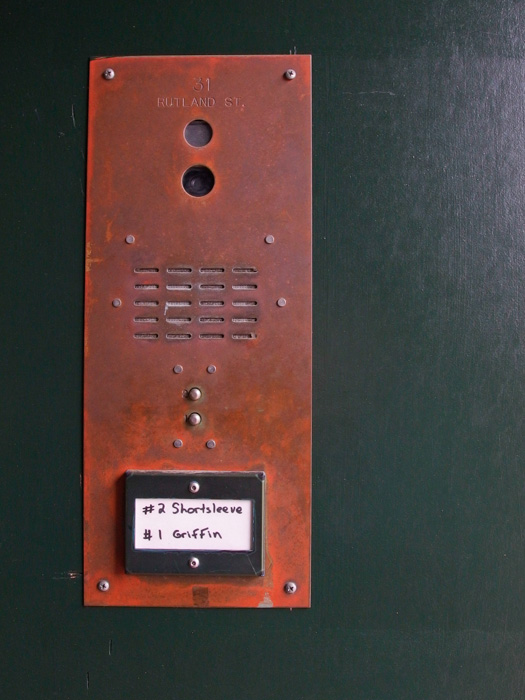
Art Filters
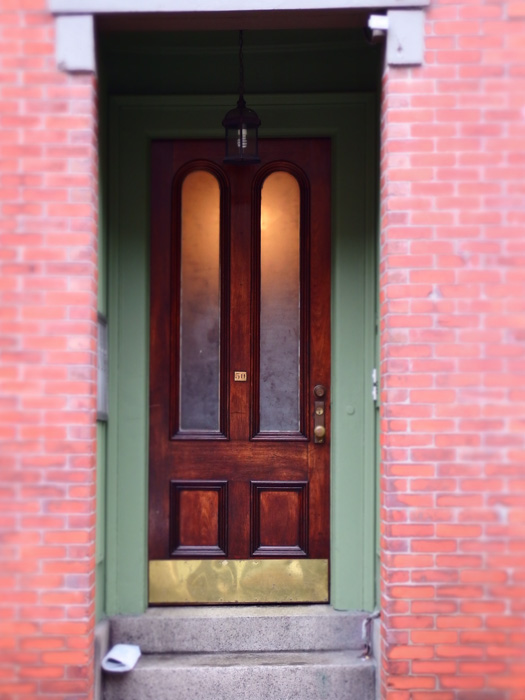
I usually wouldn’t dedicate an entire section to in-camera processing, but I wanted to mention a few things. For those of you that do not know, Art filters are in-camera “effects” (think Instagram) that you can apply to your images on the fly. The XZ-2 has a bunch to choose from, but I found myself sticking with grainy black and while and diorama. These filters allow you to add some interesting effect to your images which can give you a creative boost if you ever get stuck in a rut.
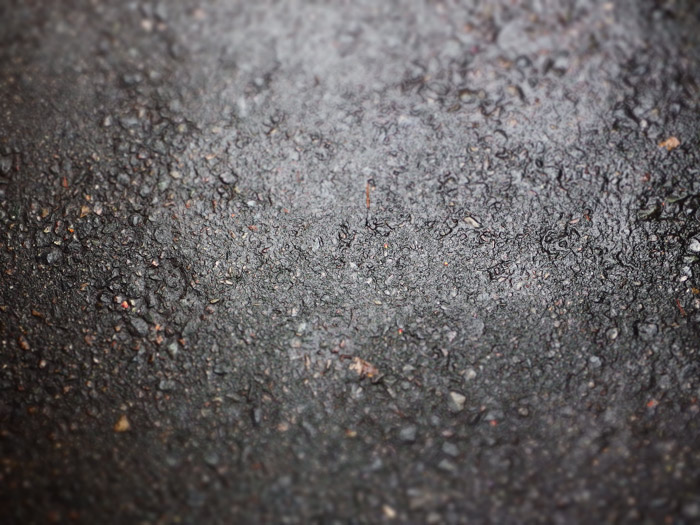
Just one thing to note regarding art modes. When you switch the mode dial to the art mode, the refresh rate on the rear LCD falls off a cliff. All movements through the LCD become jerky and jumpy which can get rather annoying after prolonged use. This didn’t didn’t prevent me from using the art filters, but it’s something I wanted to call out. Hopefully this is something Olympus will address in an firmware update.
High ISO
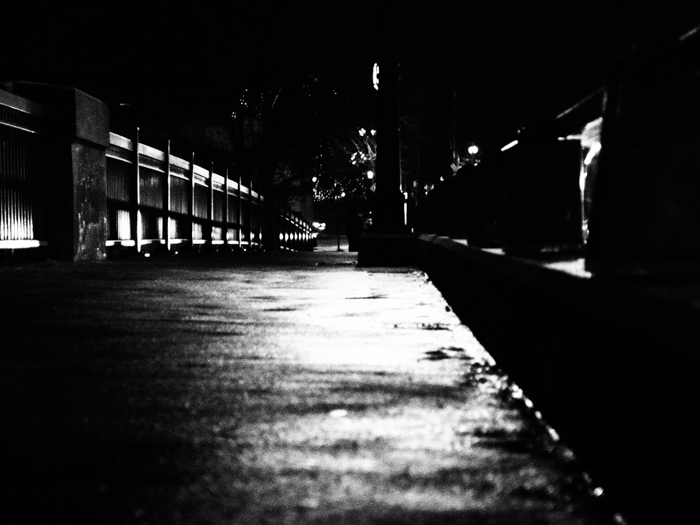
As you would image from a camera with a point and shoot sized sensor, high ISO images are not the XZ-2’s forte. At ISOs above 800, you will see a noticeable loss of detail and color loss even with noise reduction on. What I found to be a fun and different way to work around the XZ-2’s lack of high ISO performance, art filters! I switched over to the grainy black and white film mode and I had a blast shooting at night with the XZ-2.
Video
[youtube https://www.youtube.com/watch?v=qo5P5jCCJeY]
Shooting video with the XZ-2 is simple. Just hit the dedicated red record button, and you’re recording video. I would say the quality is pretty average, nothing to write home about. My only major concern with the video is if you zoom in or out, you can easily hear the lens motor in the audio. Also, once you start recording, you cannot change anything other than manual or auto focus. The auto focus does a pretty solid job unless you drastically change the distance that you are focusing on. For example, if I’m filming something at 20 feet and I change to something at 2 feet, the AF usually cycles through the entire focus range before locking focus again.
Conclusion
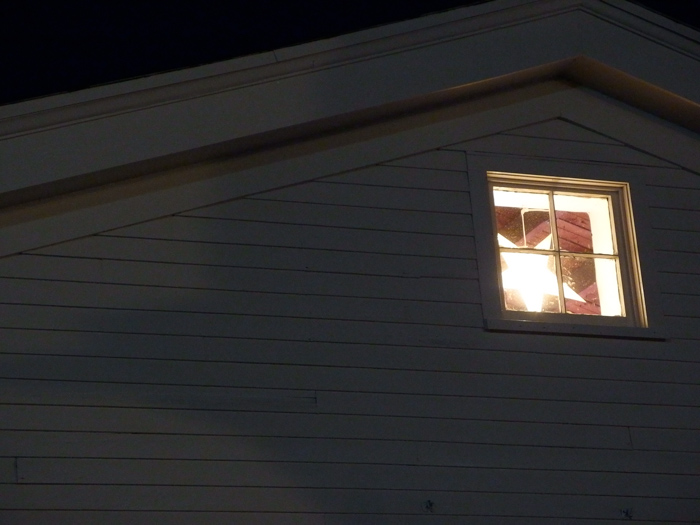
Overall, the Olympus XZ-2 is a full-featured compact camera that can be used by someone completely new to photography but it can also provide even the most advanced users with all of the controls they need to be happy. It produces very nice JPEGs straight from the camera and the fast/bright i.Zuiko lens performs well through the entire zoom range. The noise reduction can go overboard at times but JPEGs should be acceptable to the non pixel peeping crowd.

It’s not all roses though. AF can be very sluggish in less than ideal light and the shutter lag may cause you to miss important moment. And, while customization is good, I found myself wishing the function buttons could perform tasks that were not an option in the menu. But, I think the XZ-2’s biggest challenges are it’s size and it’s price. This camera is coat pocketable but so are many of the Micro Four Thirds (MFT) bodies. If there really is no major difference in size between the two, I think most advanced users would prefer the larger sensor of a MFT camera over the small point and shoot sized sensor of the XZ-2 especially when you can pickup a MFT kit for the same price as the XZ-2. But, if changing lenses just isn’t for you and you’d prefer to have an all-in-one, then the XZ-2 may be for you.
So, does the XZ-2 live up to the XZ name? I think so, but I only see this as a minor improvement from the XZ-1. There’s nothing that really WOWs me about the camera, as it is really just a refresh of an existing product. I wish Olympus would have kicked it up a notch by introducing a larger sensor (a la Sony RX100) or beefed up the AF to match the performance of their Micro Four Thirds bodies, but they didn’t.
So, if you are in the market for an advanced compact, the Olympus XZ-2 should be on your list but your list is probably a lot longer that it was a few years ago. I think the XZ-1 can hold its own in this market, but it’s going to be a tough battle to win over the hearts and money of photographers when you have products like the Sony RX100 that are pushing what is technically capable in an advanced compact camera.
Please Support The Phoblographer
We love to bring you guys the latest and greatest news and gear related stuff. However, we can’t keep doing that unless we have your continued support. If you would like to purchase any of the items mentioned, please do so by clicking our links first and then purchasing the items as we then get a small portion of the sale to help run the website.


